If you think today’s housecats have attitude, imagine meeting their ancient cousins—massive predators who prowled snowy forests and icy plains, overshadowing even the biggest modern lions. These Ice Age giants weren’t just larger, they were astonishingly powerful, mysterious, and sometimes downright odd. Ready to meet the wild, toothy legends that once ruled a world of mammoths and mastodons? Let’s take a curious stroll through time and discover the epic big cats that reigned supreme in the frozen shadows.
Smilodon: The Legendary Saber-Toothed Cat

The name “Smilodon” almost sounds like a superhero, and honestly, it kind of was. With fangs as long as bananas—up to seven inches—Smilodon was the true star of the Ice Age cat world. These muscular hunters stalked giant prey like bison and camels in the Americas, their jaws opening extra wide to deliver one powerful, precise bite. Unlike today’s lions, Smilodons probably ambushed prey instead of chasing it down. Imagine a cat that weighed as much as a small bear, lounging in tall grass, waiting for the perfect moment to pounce. Their saber teeth were fragile, though, so every attack had to count—talk about pressure!
Homotherium: The Scimitar Cat With a Social Streak
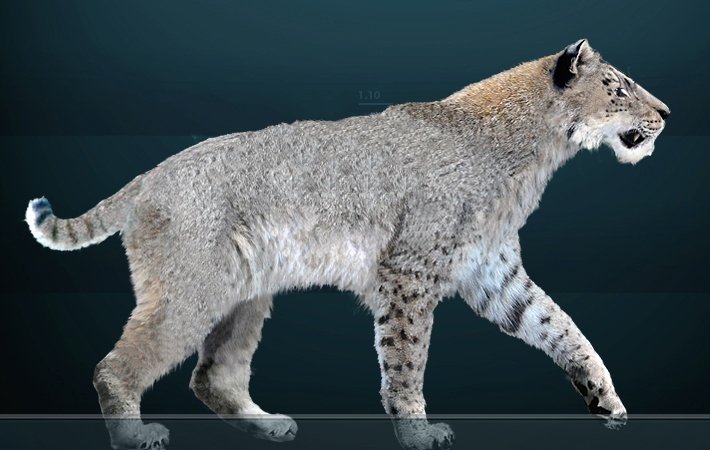
Meet Homotherium, the “scimitar cat,” named for its shorter, curved saber teeth. Unlike its dramatic cousin Smilodon, Homotherium was built for speed and endurance. Its long legs carried it across open plains, and some scientists believe it even hunted in packs—a truly rare trait among ancient cats! With a sloping back and powerful forelimbs, it looked a bit like a hyena crossed with a cheetah. Homotherium’s range stretched from North America to Eurasia, making it a true globe-trotter of the Ice Age. If teamwork makes the dream work, these cats were living proof, outsmarting and outlasting many rivals.
Megantereon: The Mysterious Short-Faced Stalker
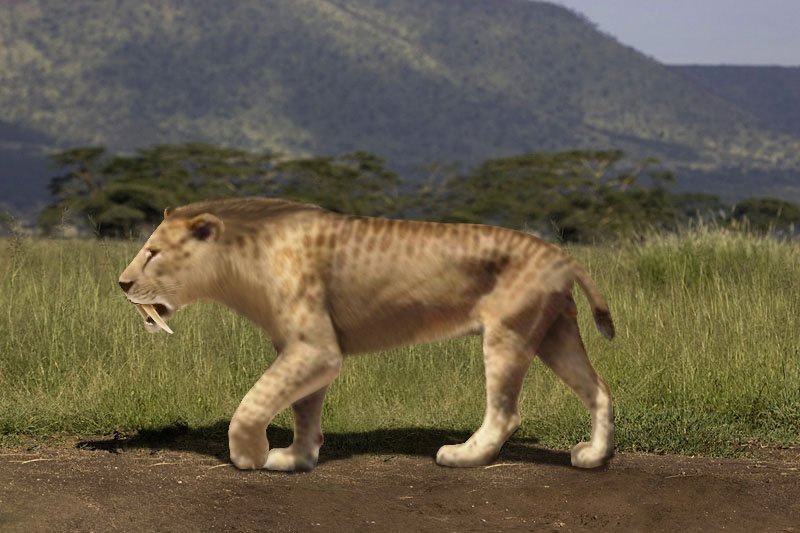
Megantereon might not be a household name, but this saber-toothed cat was a master of stealth and surprise. Smaller than Smilodon, but still much bigger than your tabby at home, Megantereon had muscular arms and a robust body, perfect for wrestling prey to the ground. Its teeth weren’t just long—they were flat and serrated, made for slicing through thick hides. Some fossils suggest it lived near forests, hiding in the shadows before launching a lightning-fast attack. If there were an Olympic event for ambush, Megantereon would be on the podium every time.
Panthera atrox: The American Lion That Outclassed Today’s Kings

Lions are impressive, but Panthera atrox—the American lion—was a heavyweight champ. Nearly 25% larger than modern African lions, it roamed the grasslands and woodlands of North America, preying on everything from giant sloths to young mammoths. With powerful jaws and a body built for both speed and strength, Panthera atrox was a true apex predator. Unlike today’s lions, it probably didn’t live in big social groups, making it a solitary king of the Ice Age. If you ever thought lions couldn’t get any bigger, Panthera atrox would beg to differ.
Panthera spelaea: The Cave Lion of Myth and Mystery
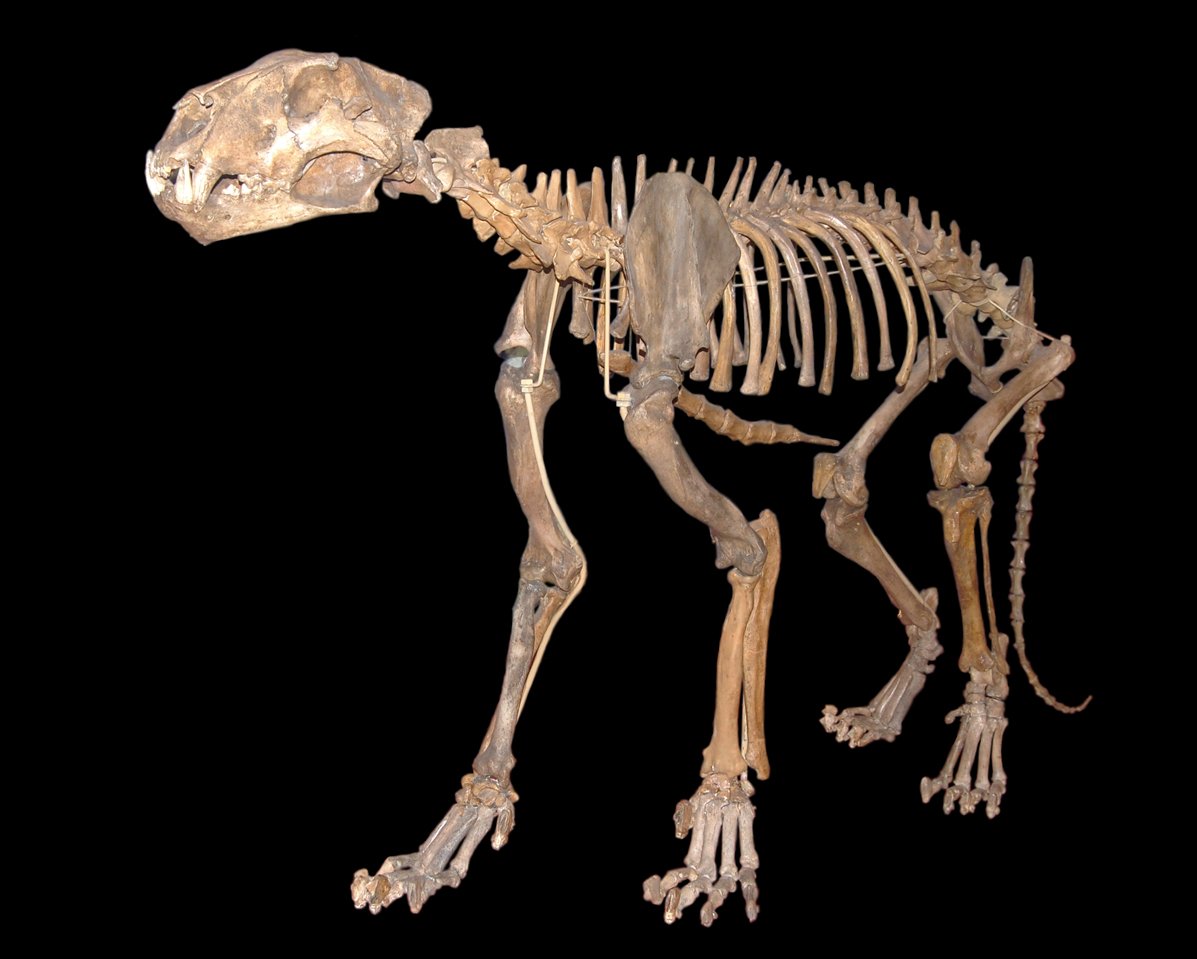
Step into the darkness of Ice Age caves and you might find paintings of Panthera spelaea—the Eurasian cave lion. This massive cat, possibly the largest lion ever, inspired ancient artists and storytellers. It had a broad nose, a thick mane (maybe), and a stocky build that helped it survive freezing temperatures. Cave lions hunted reindeer, bison, and even young mammoths, often ambushing their prey near waterholes. Some researchers think they might have lived in small family groups, echoing the pride life of today’s African lions. Imagine meeting a lion taller than your kitchen counter—now that’s wild!
Panthera blytheae: The Oldest Big Cat on Record
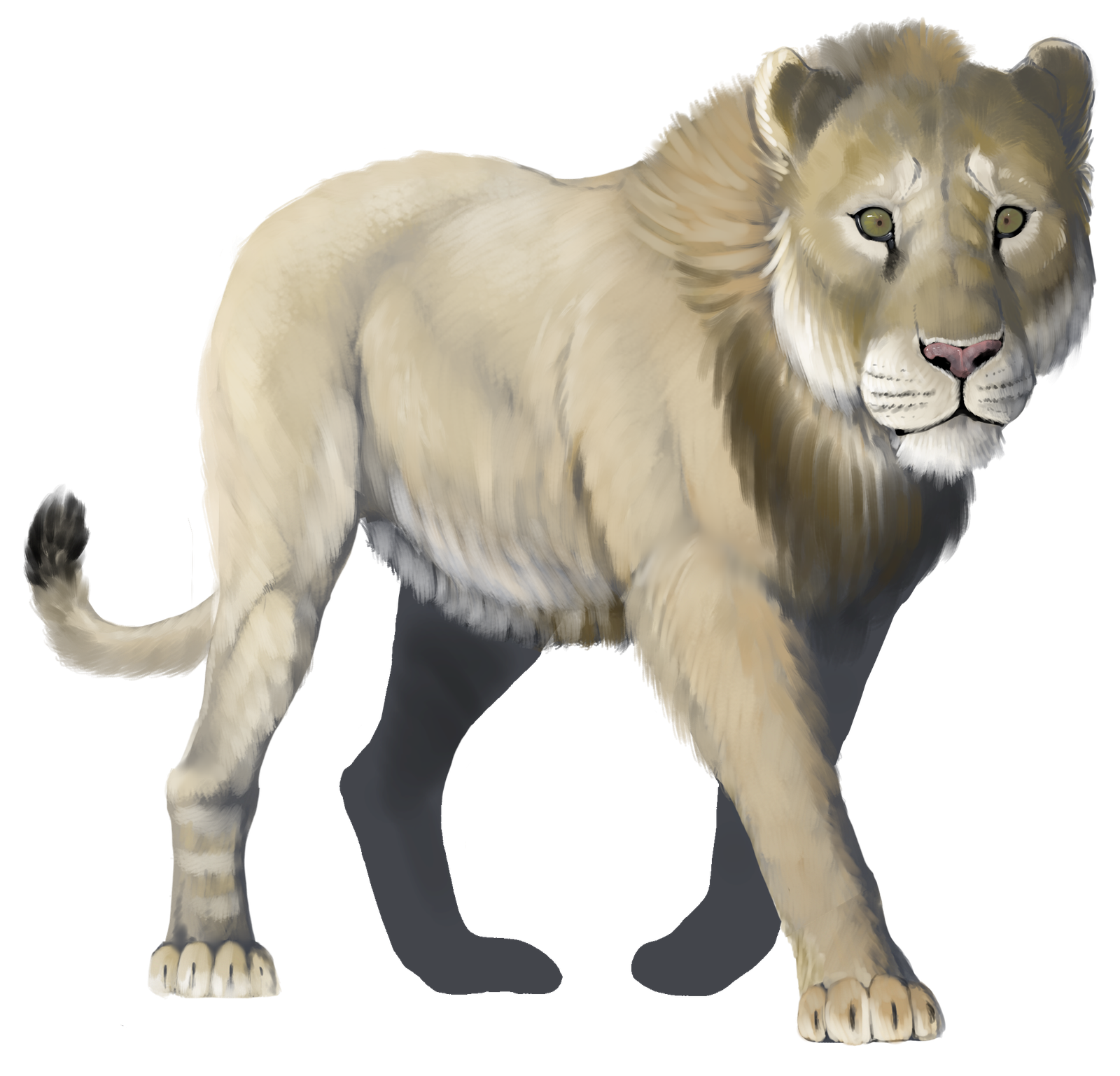
Panthera blytheae is like the great-great-grandparent of all modern big cats. Discovered in the Himalayas, this ancient predator lived about six million years ago—long before saber-toothed cats made headlines. Although it was smaller than its Ice Age cousins, Panthera blytheae’s fossils show it had many of the same features as today’s leopards and snow leopards. Think of it as the trailblazer that kicked off the big cat dynasty. Its discovery helped scientists piece together the mysterious family tree of felines, showing us just how long these majestic hunters have been prowling the earth.
Panthera palaeosinensis: The Mysterious Ancient Panther

Panthera palaeosinensis might not get as much attention as the flashy saber-tooths, but it’s a crucial piece of the cat puzzle. Living about two million years ago in China, it was roughly the size of a modern leopard and likely lived a life of stealth. Its teeth and skull suggest it was a powerful biter, preying on deer and other Ice Age grazers. What makes Panthera palaeosinensis so fascinating is that it shares traits with several different big cats, acting as a sort of “missing link” in feline evolution. It’s the mysterious ancestor you never knew you had!
Dinofelis: The Terrifying “Terrible Cat”

With a name that literally means “terrible cat,” Dinofelis sounds like something out of a bedtime story designed to keep you inside after dark. These saber-toothed cats lived in Africa, Europe, and Asia, stalking ancient elephants and even early humans! Unlike the super-sized Smilodon, Dinofelis was more compact, but its thick neck and powerful jaws meant it could deliver a bone-crunching bite. Some theories suggest Dinofelis may have been a tree-climber, using vertical escapes to evade larger predators. Talk about a cat with nine lives—and then some!
Machairodus: The “Knife Tooth” Cat With Killer Canines

Machairodus, whose name means “knife tooth,” didn’t disappoint in the fang department. These saber-toothed cats were built for drama, with long, sharp teeth designed to pierce and slice through the hides of giant prey. Machairodus prowled the forests and plains of Europe, Africa, and Asia, often targeting big herbivores like ancient cattle and horses. Their limbs were strong but not built for speed; instead, they relied on ambush, much like a modern jaguar waiting by a riverbank. Imagine a cat so fierce its teeth could double as steak knives at a barbecue!
Puma concolor: The Ghost Cat’s Ancient Ancestor

Before the sleek mountain lions of today, ancient relatives of Puma concolor haunted the wild places of the Americas. These early cougars were smaller than the saber-toothed giants, but they were agile, adaptable, and clever. They hunted everything from rabbits to deer, leaping through forests and across rocky hills. Some Ice Age pumas may have even survived alongside humans, outlasting many bigger, bolder cats thanks to their stealthy ways. If you’ve ever seen a mountain lion disappear into the trees, you’ve glimpsed the spirit of these ancient survivors—a true ghost in the wilderness.
Panthera zdanskyi: The Mysterious Link Between Lions and Tigers

Panthera zdanskyi might sound like a tongue-twister, but it’s actually a fascinating bridge between today’s lions and tigers. Discovered in northwestern China, this big cat lived around two million years ago and had a blend of lion-like and tiger-like features. Its teeth were robust, built for crunching through tough prey, and its body suggests it was a powerful hunter. Scientists think Panthera zdanskyi could be the “missing link” that explains how lions and tigers split from a common ancestor. It’s a reminder that the cat family tree is full of twists and turns!
Acinonyx pardinensis: The Giant Ancient Cheetah

Imagine a cheetah that was almost twice the size of today’s record-holders—meet Acinonyx pardinensis. This ancient speedster sprinted across the grasslands of Europe and Asia, chasing down antelope and other quick-footed prey. Its long limbs and flexible spine made it a master of acceleration, while its massive size gave it the muscle to tackle big game. Scientists believe Acinonyx pardinensis could run faster than any animal alive today, making it the undisputed champion of the prehistoric race track. If speed kills, this cat was a true daredevil.
Panthera gombaszoegensis: The European Jaguar With Attitude
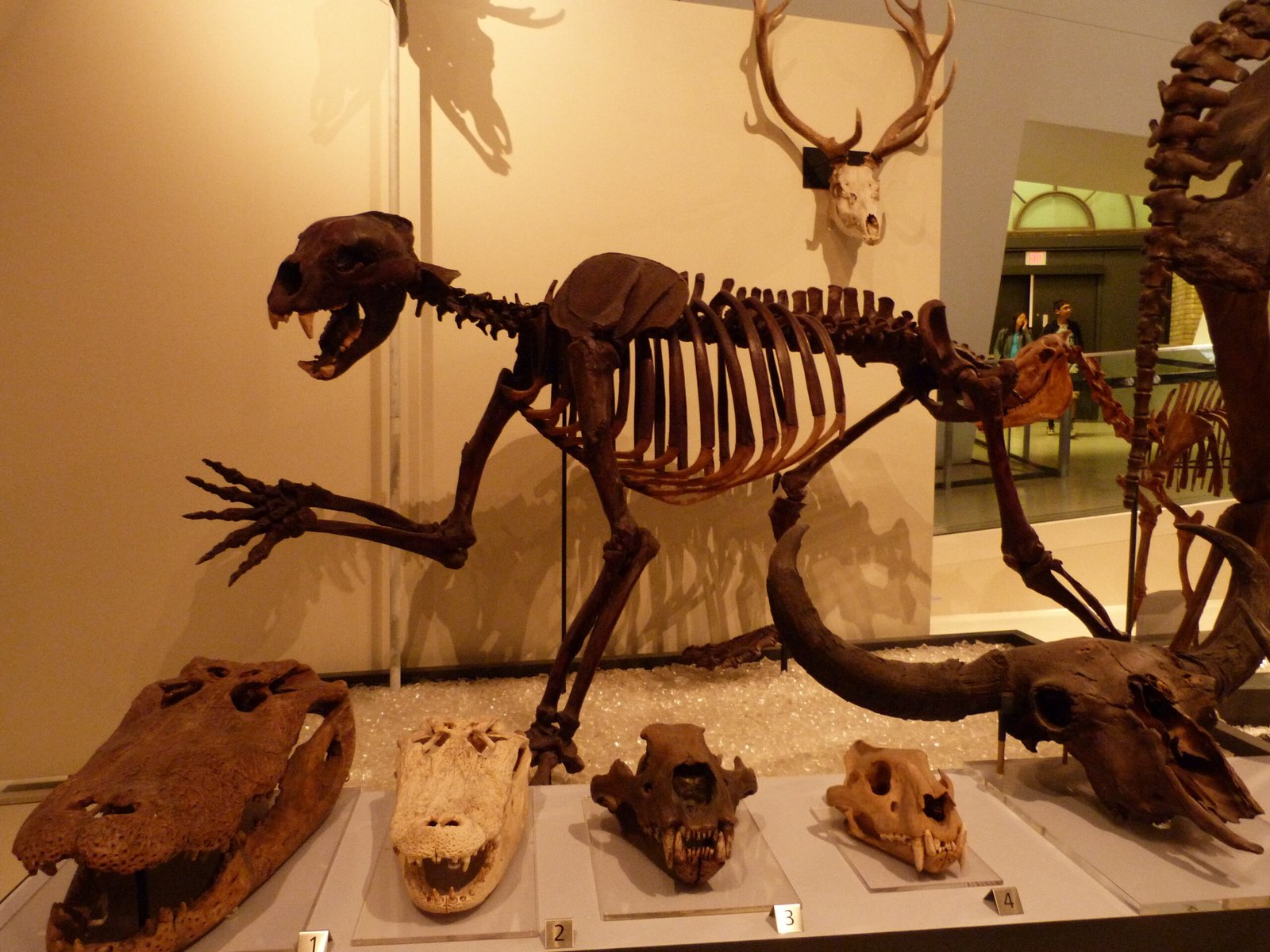
Before modern jaguars ruled the Americas, Panthera gombaszoegensis strutted its stuff in Europe. This big cat was powerful, sturdy, and not afraid to take on tough prey like horses and bison. Its fossils show a mix of jaguar and leopard traits, making it one of the most unique cats of the Ice Age. With a wide jaw and strong bite, Panthera gombaszoegensis could crack bones and feast on leftovers other predators left behind. Picture a jaguar with a European twist—tough, clever, and ready to rumble.
Panthera onca augusta: The Ice Age Jaguar

Today’s jaguars are jungle royalty, but their ancient cousin Panthera onca augusta was a snow-loving powerhouse. This Ice Age predator lived in North America, hunting everything from giant beavers to musk oxen. It was larger than modern jaguars, with a broader skull and a bite strong enough to pierce bone. Panthera onca augusta was a master of adaptation, surviving in forests, grasslands, and icy valleys alike. If you think jaguars are impressive today, imagine one that could handle the chill of the Ice Age!
Panthera balamoides: The Mysterious Mexican Cat

Panthera balamoides is a little-known big cat from Mexico, but its mystery makes it all the more intriguing. This Ice Age feline was a relative of jaguars and lions, with features that hint at both. Its fossils suggest it was a powerful hunter, but we still don’t know exactly what its life looked like. Did it prowl dense forests or open plains? Was it solitary or social? Panthera balamoides is a reminder that the past is full of surprises—and that there’s always more to discover.
Felis lunensis: The “Martelli’s Cat” With a Secret Past

Don’t let the name fool you—Felis lunensis might sound dainty, but this small wildcat was a key player in the evolution of modern cats. Living in Europe about two million years ago, it was the ancestor of the African wildcat, which in turn led to today’s housecats. Felis lunensis hunted small mammals and birds, using stealth and quick reflexes. Its fossils reveal a secret past: this little cat was the blueprint for the fluffy companions curled up on your couch. Proof that even the smallest cats have a wild history!
Panthera youngi: The Ancient Asian Lion

Panthera youngi roamed the forests of China about 350,000 years ago, looking every inch the Ice Age boss. Bigger than today’s lions, it had a robust frame and a powerful bite, built for hunting large herbivores. Panthera youngi’s fossils show it could adapt to all sorts of environments, from dense woodlands to open grasslands. This adaptability helped it thrive while other predators faded out. Imagine a lion that could handle both snow and sun—Panthera youngi was the ultimate survivor.
Paramachairodus: The Saber-Toothed Cat With a Bite
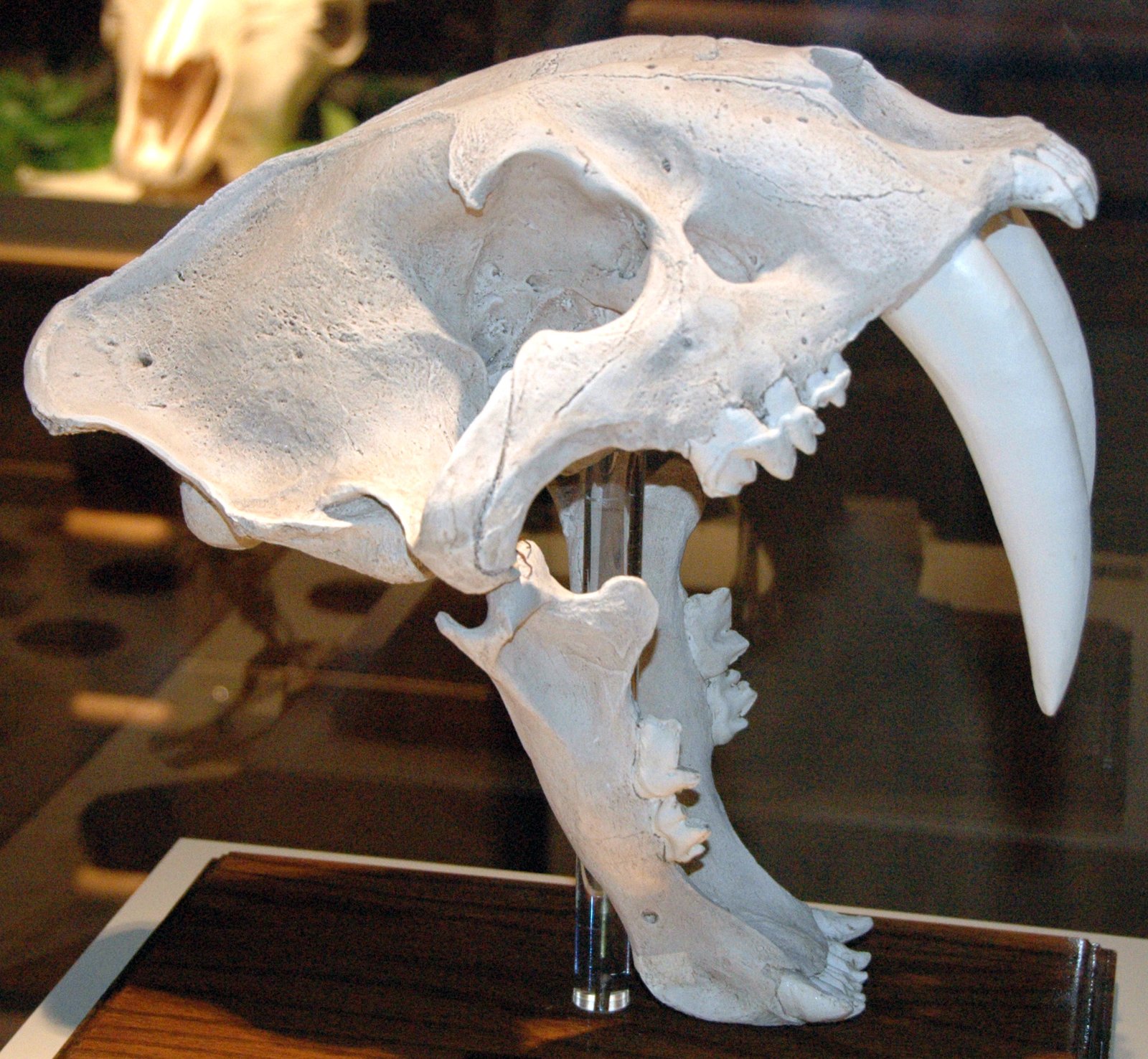
Before Smilodon stole the spotlight, Paramachairodus was slashing its way through Eurasia and Africa. Smaller than most saber-toothed cats, it was still a fearsome predator, with elongated canines perfect for slicing through prey. Paramachairodus was quick and agile, likely hunting in forests and woodlands. Its fossils have been found alongside those of ancient rhinos and horses, suggesting a varied menu. Think of it as the saber-tooth’s savvy, street-smart cousin—fast, fierce, and always hungry.
Panthera leo fossilis: The Early Lion Innovator

Panthera leo fossilis is the ancestor of today’s lion, but with a twist. It lived in Europe and Asia during the Middle Pleistocene, standing taller and weighing more than modern lions. Its bones hint at a powerful build, ready to take on Ice Age megafauna like giant deer and bison. Panthera leo fossilis was an innovator, evolving new hunting techniques and social behaviors that would shape the lions we know today. Think of it as the original king of beasts, blazing a trail for future royalty.
Panthera tigris trinilensis: The Ancient Javan Tiger
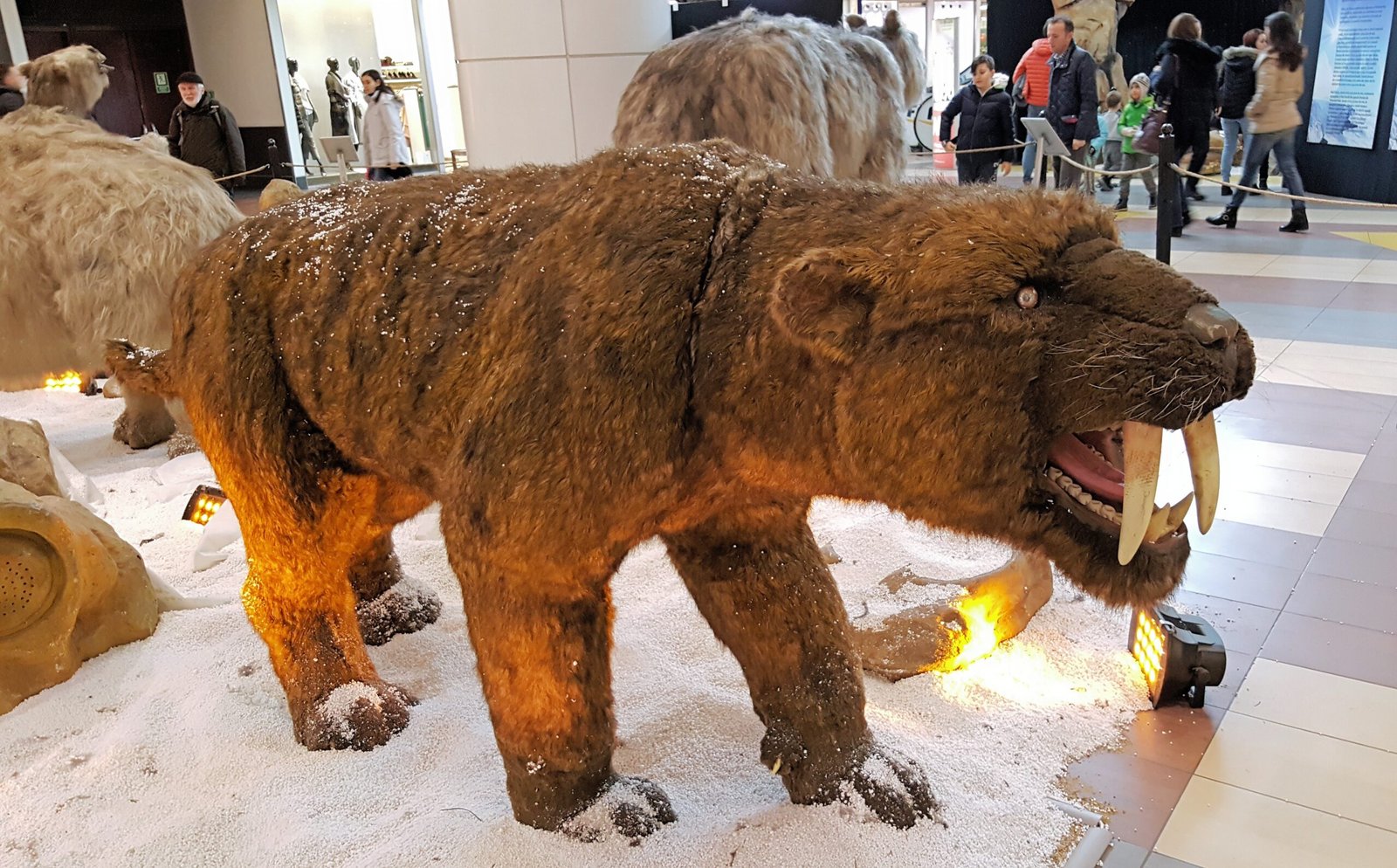
Panthera tigris trinilensis prowled the dense forests of Java hundreds of thousands of years ago, long before modern tigers arrived on the scene. Its fossils show a mix of old and new traits, with a long, sleek body built for stealth. Panthera tigris trinilensis hunted wild cattle and deer, using ambush tactics that tigers still use today. This ancient tiger was a master of adaptation, thriving in a changing world full of unpredictable dangers.
Panthera onca mesembrina: The Southern Jaguar Star

Panthera onca mesembrina was a prehistoric jaguar that lived in South America, roaming the grasslands and forests alongside giant armadillos and massive sloths. It was bigger than modern jaguars, with a powerful build designed for tackling large, armored prey. Panthera onca mesembrina’s fossils show it was a top predator, ruling its territory with confidence. If you picture a jaguar with superhero strength, you’re on the right track!
Criotherium: The Cat With a Curious Name
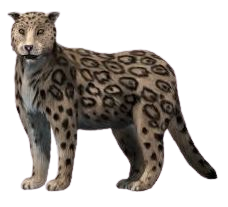
Not every Ice Age cat gets to be as famous as Smilodon, but Criotherium stands out with its quirky name and mysterious legacy. Little is known about this ancient feline, but its fossils hint at a strong, adaptable predator. Criotherium likely hunted smaller mammals and birds, using cunning and speed to outsmart its prey. Its place in the cat family tree is still debated, making it a true mystery of the Ice Age world.
Panthera spelaea fossilis: The Cave Lion’s Ancient Cousin
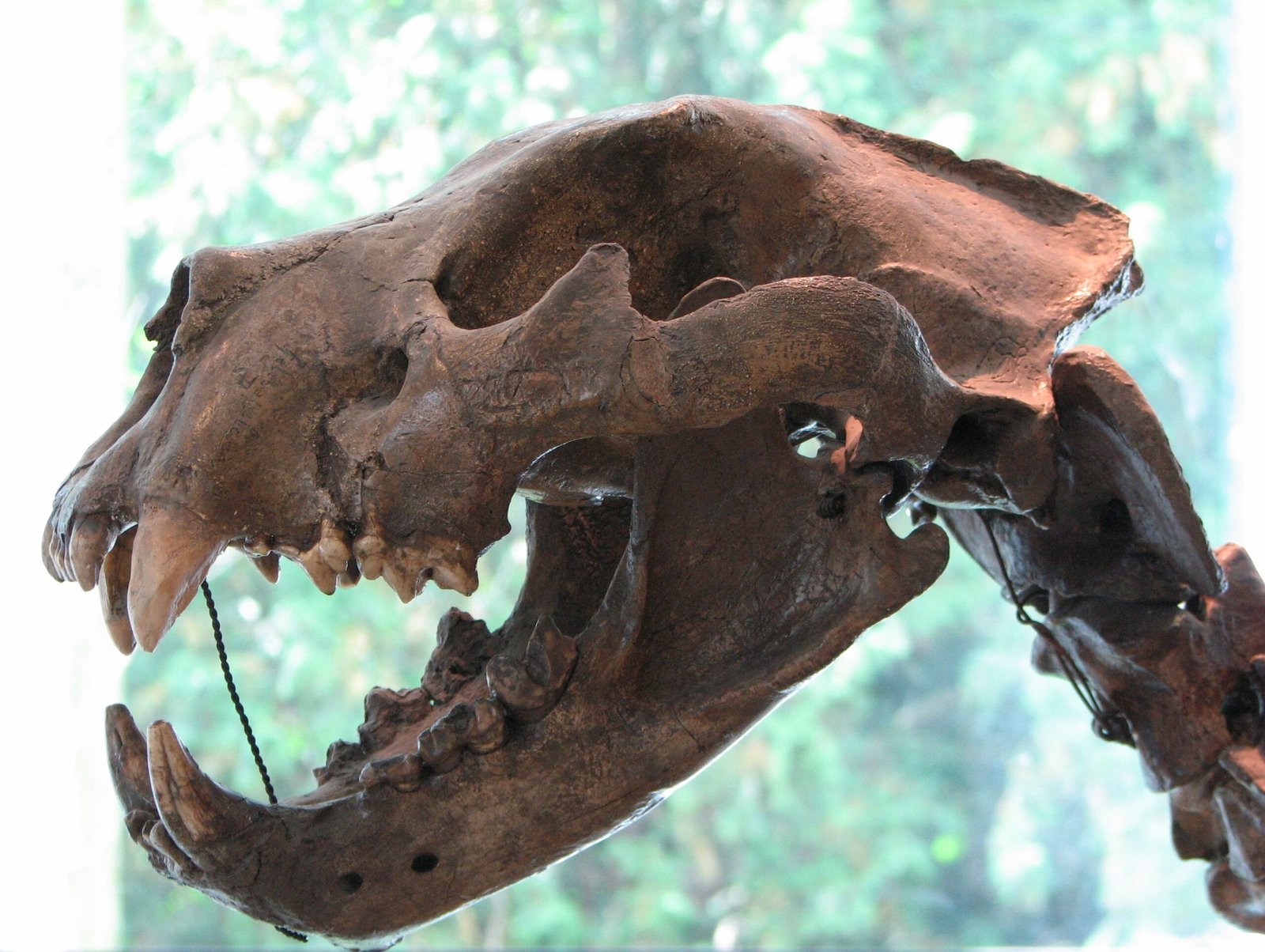
Before the cave lions of Europe made their mark, Panthera spelaea fossilis prowled the same lands. This early relative was already massive, with a thick mane and a stocky build designed to withstand freezing temperatures. Panthera spelaea fossilis hunted reindeer, deer, and ancient horses, often leaving its pawprints deep inside caves. Its fossils show it was a pioneer, paving the way for the legendary cave lions to come.
Which of these cats would you love to meet?

Suhail Ahmed is a passionate digital professional and nature enthusiast with over 8 years of experience in content strategy, SEO, web development, and digital operations. Alongside his freelance journey, Suhail actively contributes to nature and wildlife platforms like Feline Fam, where he channels his curiosity for the Feline into engaging, educational storytelling.
With a strong background in managing digital ecosystems — from ecommerce stores and WordPress websites to social media and automation — Suhail merges technical precision with creative insight. His content reflects a rare balance: SEO-friendly yet deeply human, data-informed yet emotionally resonant.
Driven by a love for discovery and storytelling, Suhail believes in using digital platforms to amplify causes that matter — especially those protecting Earth’s biodiversity and inspiring sustainable living. Whether he’s managing online projects or crafting wildlife content, his goal remains the same: to inform, inspire, and leave a positive digital footprint.






